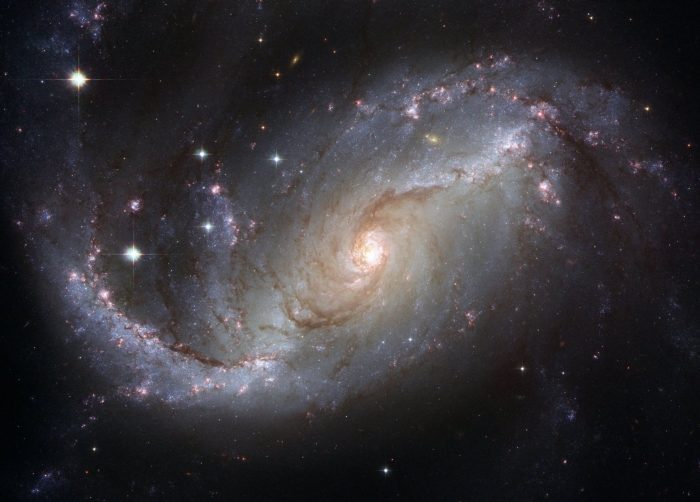Lots of people buy a telescope only to discover that they can’t find much of anything with it in the sky.
Their problem? They haven’t learned their way around the constellations as seen with the naked eye. And they try to use inadequate maps.
Here are some simple tricks for getting you started that should save you a lot of grief.
First things first. You need star maps. To start with, you need a simple all-sky map, designed for use with the naked eye, that shows where to find the brightest stars and constellations as seen at your particular time, date, and latitude on Earth.
A simple planisphere or “star wheel” can do the trick. You turn a plastic or cardboard dial to set your time and date and get a rough map of your whole sky. (See the article “Star-Finding with a Planisphere.”)
The round edges of a planisphere’s map represent the horizon all around you, as if you were standing in an open field and turning around in a complete circle. Compass directions should be printed around the horizon/edge. Turn the map around so that the horizon for the direction you’re facing is right-side up.
The center of the map represents the part of the sky directly overhead. So a star that’s plotted halfway from the edge to the center can be found about halfway up the sky — halfway from horizontal to overhead. Ignore all the parts of the map above horizons you’re not facing.
That’s really all there is to it!
Many planispheres are offered for sale, but be warned — many of them poorly designed. Look for one with small, fine, carefully drafted star dots and patterns. These will be easier to match to real star patterns in the sky. Avoid glow-in-the-dark star maps; the glow paint can’t be printed very accurately (all the star dots, whether they’re supposed to be bright or faint, end up looking more or less alike), so the result looks confusingly different from what you see in the sky.
An excellent all-sky map for the current month appears as a fold-out in each issue of Sky & Telescope magazine. (Black-and-white versions for every other month can be downloaded in our Getting Started In Astronomy flyer.)
These maps work the same basic way as a planisphere’s: the big round edge is the horizon all around you, with compass directions labeled, and the center is the sky overhead.
Again, turn it around so the horizon labeled with the direction you’re facing is right-side up. Ignore all the parts of the map above horizons you’re not facing.
Each of these monthly maps is specially drafted for specific times and dates (printed on it). This way, it avoids the distortion of the constellation patterns that a planisphere has to be drawn with in order to work for all times and dates.
Many computer “planetarium programs” can display and print a customized all-sky map for whatever time, date, latitude, and longitude you specify. Last but not least, there’s our interactive star chart, which can also be customized for any time, date, and place and printed out for outdoor use.
Under the Stars
To read a star map outdoors, bring along a dim flashlight. The best flashlight for astronomy is red, not white; red light has less effect on your night vision. You can rubber-band a piece of red paper or plastic over the front of a normal flashlight; this both dims and reddens the light. Or get a special astronomer’s light that uses a red LED.
Outdoors with your map, start by looking for only the brightest stars plotted on it. The difference between bright and faint stars in the sky is much greater than shown on paper. In fact, if you live in a heavily populated area with a lot of light pollution (artificial skyglow), the faint stars will be completely invisible.
Also, be aware than the constellations on an all-sky map appear much smaller than they do in real life. The star patterns you’re hunting in the night are mostly quite big.
Go out often with your map, and use it to learn a few more constellations each clear night. You are establishing the basic celestial landmarks — the overall geography of the heavens — that you’ll need when you start using a more detailed map with binoculars or a telescope.












Read 0 comments and reply